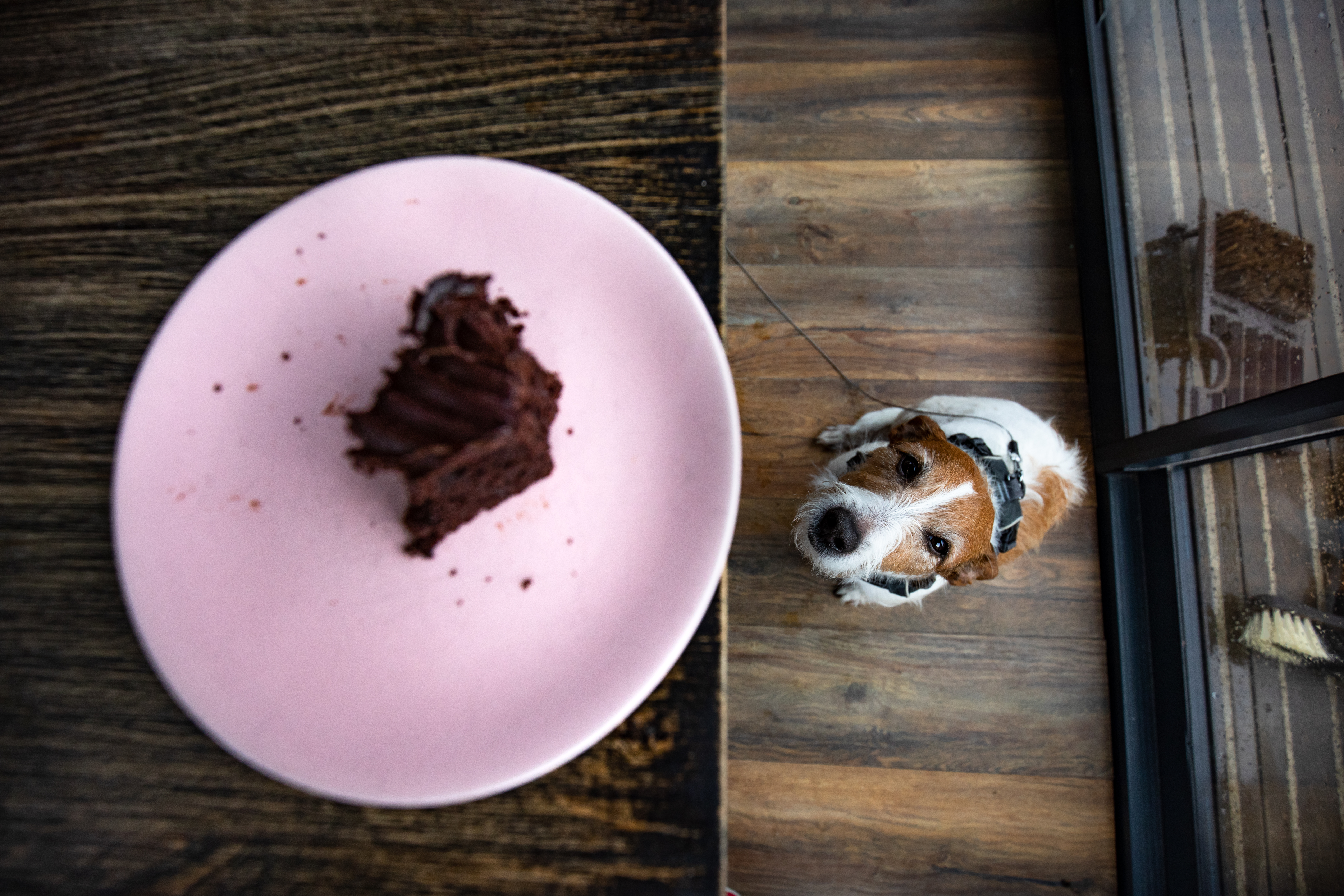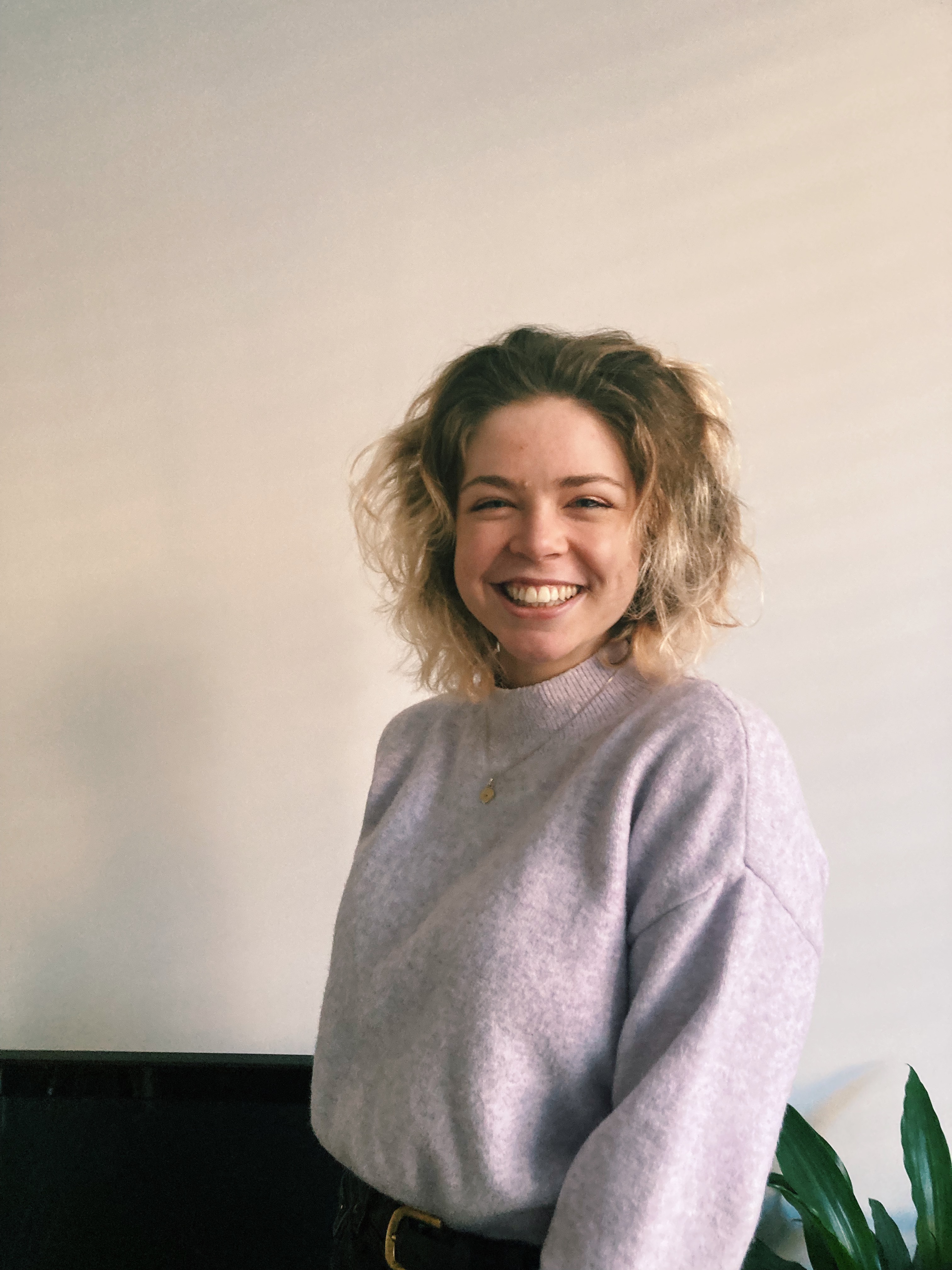The dangers of chocolate to dogs – and what to do if they get their paws on it
Keep chocolate away from your dog whenever possible.


As a nation of self-confessed chocolate lovers, over the Easter period we’ll no doubt be tucking into a stash of eggs and bunnies.
Have you ever wondered why chocolate is bad for dogs? For us, chocolate is an endorphin-producing, serotonin-creating snack. We feel great when we’re eating it and always want more when we’re finished. It’s clear that we’re pretty obsessed with it, as most of us eat it about three times a week (if not more!)
But the same doesn’t apply for our furry friends. They might love the look of a chocolate button, yet they don’t have nearly the same reaction to it as we do. If you’ve ever panicked when your dog has helped themselves to a treat from the table, you had every reason to.
The experts at Canagan have told us all you need to know about the dangers of chocolate for dogs, and what to do if they get their paws on this tasty treat…
Why do dogs want to eat chocolate?
Our dogs are super tuned into our emotions. They know when we’re happy, sad and they can even predict our actions like leaving the house, before we do them.
So why would chocolate be any different? If your dog sees you enjoying chocolate with a big smile, or sharing it with your other loved ones, they’re bound to want a piece of the (chocolate) pie.
Also, dogs love sweet and sticky food. It's been proven that their noses are incredibly sensitive and they can smell a treat from miles away – much like in the same way humans would be able to smell a chocolate cake in the oven and quickly move their way into the kitchen.
Parenting advice, hot topics, best buys and family finance tips delivered straight to your inbox.
Why is chocolate bad for my dog?
We’re always told that our dogs shouldn’t eat chocolate, but there’s not that information out there about why.
As Canagan tells us, chocolate is derived from the roasted seeds of the theobroma cacoa pods, which contains a chemical called theobromine along with caffeine. While we can successful break down these ingredients in our bodies and so they don’t do us any harm, dogs process them a lot slower. This means that the levels of theobromine and caffeine rise to toxic levels in a dog’s system.
And that’s not considering what else the chocolate might contain, like dried fruits and nuts (which have the potential to cause kidney failure) and alcohol (definitely not pup-appropriate).

But at the end of the day, we can’t always control what our dogs eat. Little ones might think that sharing their chocolate with their pet is a lovely thing to do when parents aren’t looking, or your dog might be especially talented at nabbing from the table.
What are the signs of chocolate poisoning in dogs?
Hopefully all that will happen to your dog is vomiting and diarrhoea, which while unpleasant are much less damaging in the long term.
If your pup has had a lot of chocolate, they might at first seem excited. This is because they’re experiencing an increased heart rate from the theobromine. This excitability can quickly turn into muscle tremors, seizures or heart beat irregularities.
In the worst case scenario, Canagan says that your dog could suffer permanent nerve and brain damage or even die from the effects of chocolate. So, it's really not something to mess about with.
What about sugar-free chocolate?
Sugar-free chocolate isn’t any better for dogs than normal chocolate. This is because it’s often artificially sweetened with xylitol, which also contains ingredients that can be fatal. Effects of it include a rapid drop in blood sugar levels, potentially triggering liver failure in some dogs.
Xylitol is commonly found in lots of other foods such as peanut butter so it’s important to always check the label if you’re thinking about giving any human food to your pet.
How much chocolate could a dog eat before the side effects occur?
Canagan says that this definitely depends on the dog and on the type of chocolate. For example, baking chocolate and chocolate powder are especially bad as they contain high levels of theobromine and bitter, dark chocolate is the second worst.
If your dog is bigger, they’ll also likely to be able to handle the effects of the chocolate better than a smaller dog.

What should I do if my dog eats chocolate?
Mistakes happen, it’s okay. But you should take them to the vet straight away, even if they aren’t showing obvious signs and symptoms.
The vet will then assess the risk of the chocolate to your pet and might even induce them to vomit, in order to prevent the chocolate from getting any further into your dog’s system.
Acting quickly is the best way to avoid upsetting outcomes, as dogs more often than not survive theobromine poisoning.
Instead of giving them a bite of your favourite chocolate bar, why not try some more pup-friendly options? You can now even buy dog chocolate or "pup-cakes" like these from Canagan.
Delicious and addictive but only suitable for humans, chocolate should always be kept away from dogs.

Grace Walsh is a health and wellbeing writer, working across the subjects of family, relationships, and LGBT topics, as well as sleep and mental health. A digital journalist with over six years experience as a writer and editor for UK publications, Grace is currently Health Editor for womanandhome.com and has also worked with Cosmopolitan, Red, The i Paper, GoodtoKnow, and more. After graduating from the University of Warwick, she started her career writing about the complexities of sex and relationships, before combining personal hobbies with professional and writing about fitness.